Visiting the Pushkar Sacred Festival
Stories of Yore
Important Information Regarding Food
Checklist to See and Do
A Color Contradiction
A Visit to the Sacred Pushkar Festival
The Idea and Objective
Getting There
Some Images From Our Trip To Pushkar Sacred Festival
Stories of Yore
Evidential and mythical history creates stories (both true and mythical) that are passed down through generations in India. Pushkar is no exception. The thousands of archeological findings tell a story of an ancient city with a historically significant past. Pushkar holds some of the oldest geological structures in all of India, including the Aravali hills, which are documented to be the oldest range of fold mountains in India. Forming millions of years before the Himalaya mountain range, excavation has found hundreds of amazing archeological finds that helped shaped history. From the microliths (small stone tools) to the Mohenjo-Daro like artifacts, Pushkar and the surrounding area has a deep history. Many dig sights have also uncovered early Brahmi scripts, written with the oldest-known writing system in early India. These texts, as well as others, found elsewhere in India, describe Pushkar as early as the first millennium.
The ancient Islamic texts, which describe the conquest of northwestern India, provide even more historical evidence from before the first millennium. One of the most historically significant invaders that the Islamic texts describe includes Mohammad Ghori, who raided and subsequently conquered Northern India, including Pushkar, in 1192. Following his death, the region was fought over by two of his most favored slaves. Eventually, Qutb al-Din Aibak won and became the first sultan of the Delhi Sultanate, an Islamic empire that was centered in Delhi. The Delhi Sultanate empire outlasted Qutb al-Din Aibak’s rule in Pushkar, lasting for 320 years. The region was briefly reclaimed by the Rajput Hindus, who originally controlled the area before Mohammad Ghori successfully conquered it, from 1287 to 1301. It was then returned to Muslim rule, which brought both prosperity and mass destruction to the area. Even when the Mughal empire replaced the Delhi Sultanate, Islam remained. One Mughal emperor, Aurangzeb, is a prime example of both the wealth and demolition of the Muslim rule brought to Pushkar and the surrounding area. He destroyed many of the lakeside Hindu temples while also creating a camel and cattle trading tradition that eventually transformed into the famous Pushkar Camel Fair.
The Jagapita Brahma Mandir was one of the temples on the shores of the lake that was demolished by Aurangzeb. This Brahma temple is historically significant due to Hindu scriptures indicate that this was the only temple dedicated to Brahma in the world. Today, there are a few other Brahma temples, however, Jagapita Brahma Mandir continues to be the most prominent. Not the entire old, 2,000-year-old temple was destroyed, as some of the original structure still stands. The rest of the temple was eventually rebuilt in the 14th century, solidifying its importance to the Hindu culture. To better understand why there was only one original temple dedicated to the creator of the universe, Brahma, why the other two gods, Shiva and Vishnu, are heavily worshipped and have many dedicated temples, and why Jagapita Brahma Mandir was religiously significant itself, the story must change from evidential history to mythological history.
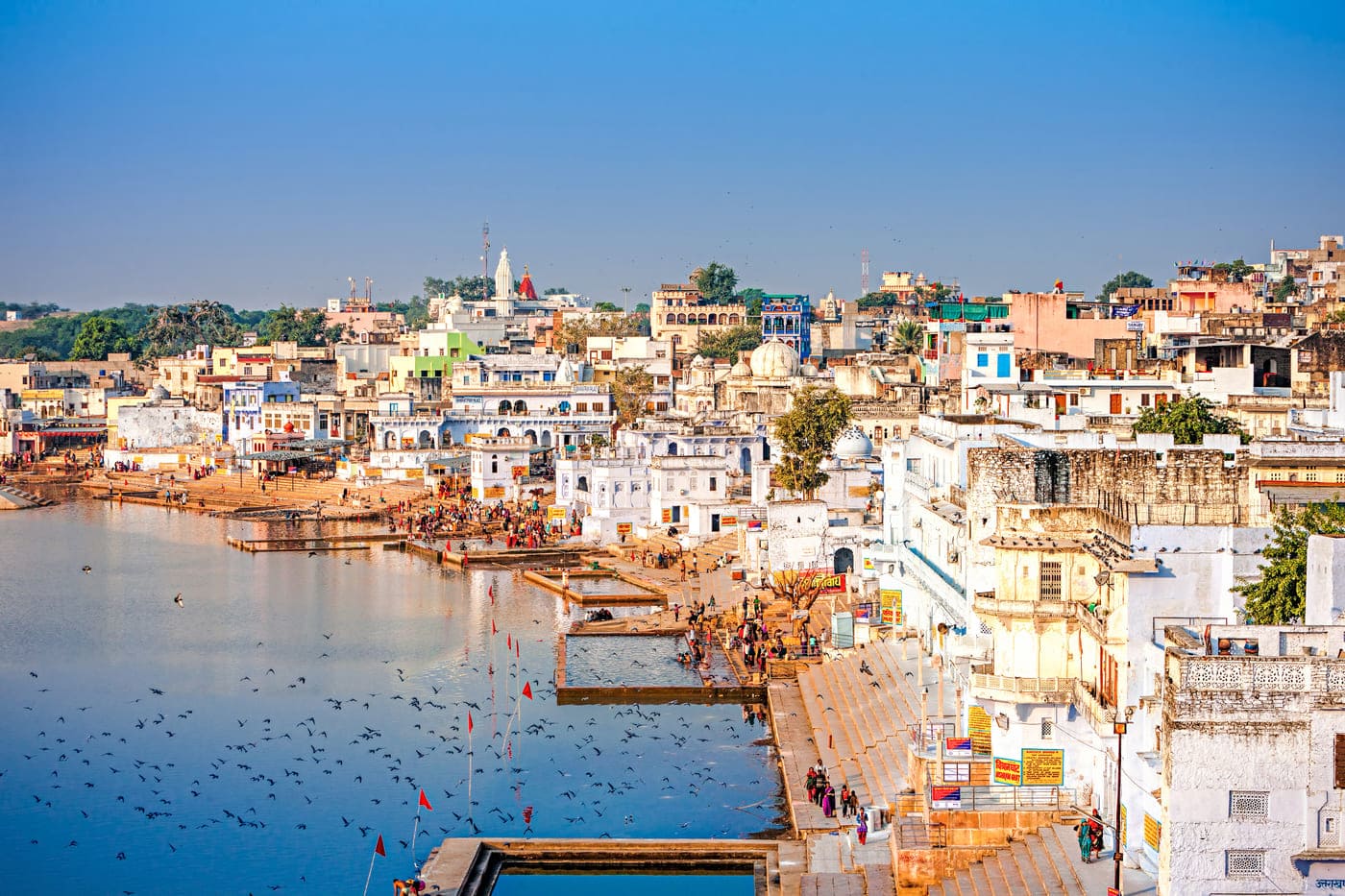
A flock of birds flies over the ghats of sacred Pushkar Sarovar or Lake, where Hindu devotees in colorful dress bathe and offer prayers to their deities © Photoff
There are three separate mythological legends that the Hindus use to explain and answer these questions. The first legend tells of the narcissistic attitudes that were shared by both Brahma, the creator, and Vishnu, the preserver.
These attitudes created a fight over which god was the greater god. Finally, to resolve the fight, the third god, Shiva, the destroyer, gave each a task to enlighten themselves. Vishnu discovered that Shiva was the greatest god of them all while completing the task. However, Brahma decided it was best to trick Shiva. Although this originally worked, once the Lord of Destruction learned of Brahma’s deception, he became cursed. Brahma’s curse was that he would never be worshipped by any human because he had deceived a fellow, and greater, god.
Satarupa is the focus of the second legend, which is also the most widely believed. Brahma created a woman, who would become known as Satarupa, to help him create the universe. However, Satarupa was so beautiful that Bahama fell completely in love with her and would stare at Satarupa wherever she went. This constant attention from Brahma caused Satarupa to become extremely embarrassed to the point where she would be constantly trying to avoid his gaze. Every time she moved, however, Brahma would create a new head until he had five heads. Still wishing to avoid him, Satarupa turned into thousands of other creatures. But, one at a time, Brahma also turned into a male version, which eventually created the animal kingdom. For his display of unholy behavior, Shiva chopped off one of Brahma’s heads and cursed him to never be worshipped by humans for distracting his mind from his soul.
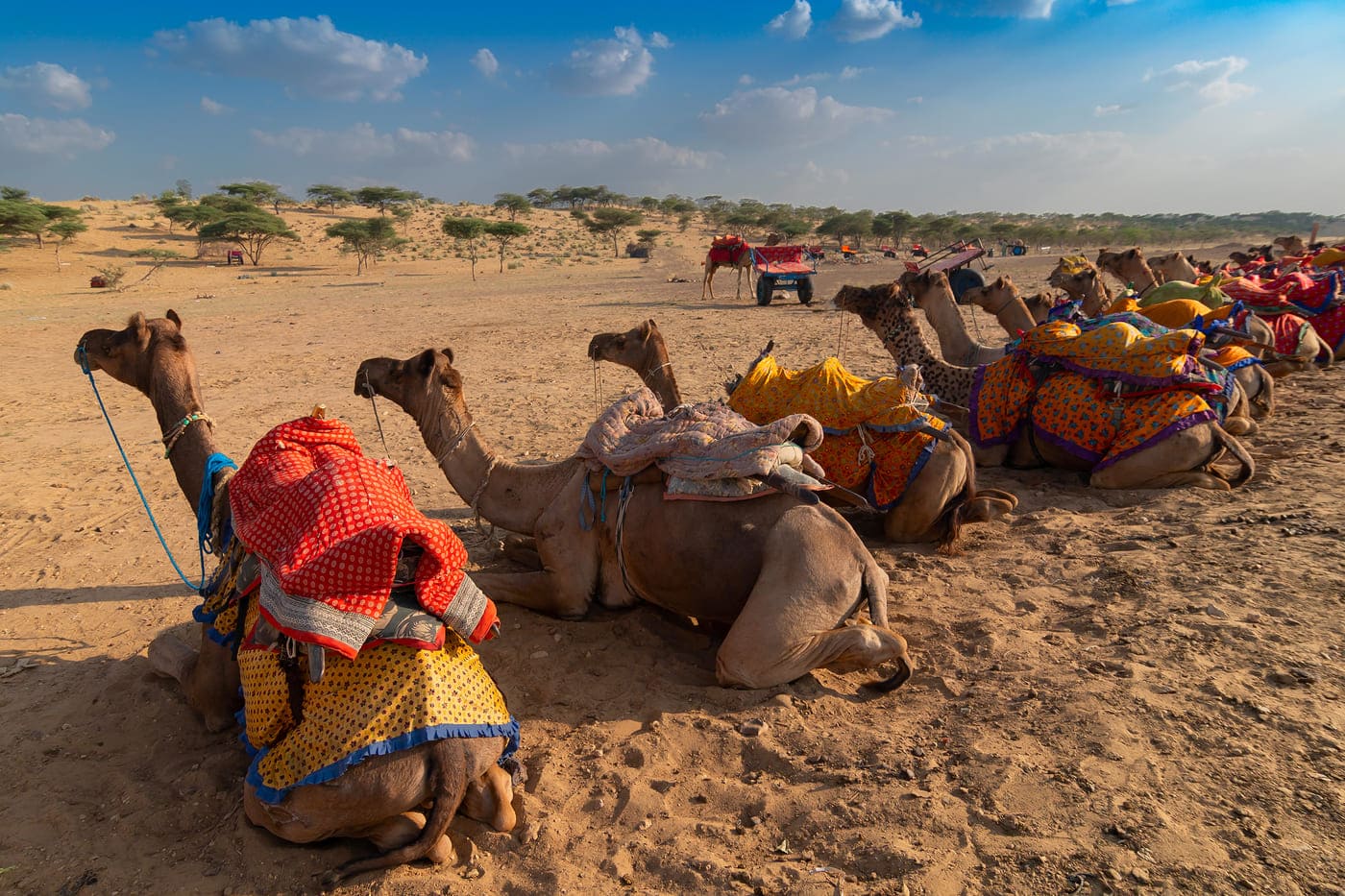
Camels in traditional attire wait in line for the arrival of tourists. Camel rides are a favorite activity amongst visitors © Rudra Narayan Mitra
The creation of the city of Pushkar is described in the third and final myth. Padma Purana, a Hindu scripture, tells the tale of Vajranabha, a demon, who was harassing people. Brahma killed Vajranabha with a lotus flower as his weapon. As he slayed the demon, the lotus flower petals reached Earth in three separate places. In each location where the petals fell, a lake was created. The place where the lotus flower fell on Earth was named by Brahma when he came down. The flower (Pushpa) that fell from his hand (Kar) created Pushkar Lake, the largest lake, as well as Pushkar itself. Now on Earth, Brahma decided to complete a yagna (worship) with his consort, Savitri. However, she was behind the present time, so Brahma decided to move on by marrying Gayatri, a local woman, to complete the yagna. Now that Gayatri had taken Savitri’s place, Savitri was furious when she finally arrived. She then cursed Brahma to only be worshipped in Pushkar to punish him for his impatience.
Due to these three legends and the fact that Jagapita Brahma Mandir the first and remains one of the few temples dedicated to Brahma, Pushkar’s temple continues to be the most famous. Additionally, the Hindu scriptures describe Pushkar Lake as the king of all pilgrimages, or Tirtha-raj. Because of these two reasons, those devoted to the Hindu faith have made Pushkar a well-regarded destination to come to from all over the world. The shores of the lakes hold over 500 Hindu temples, including several that have been rebuilt after being demolished during the Muslim rule of the region. Also, Pushkar Lake is home to 52 bathing Ghats that have steps towards the lake water. Every year, especially during Kartik Poornima (Full Moon), which occurs in October or November, hundreds of those in strong Hindu faith come to the lake. The Pushkar Camel Fair is also held during this special time.
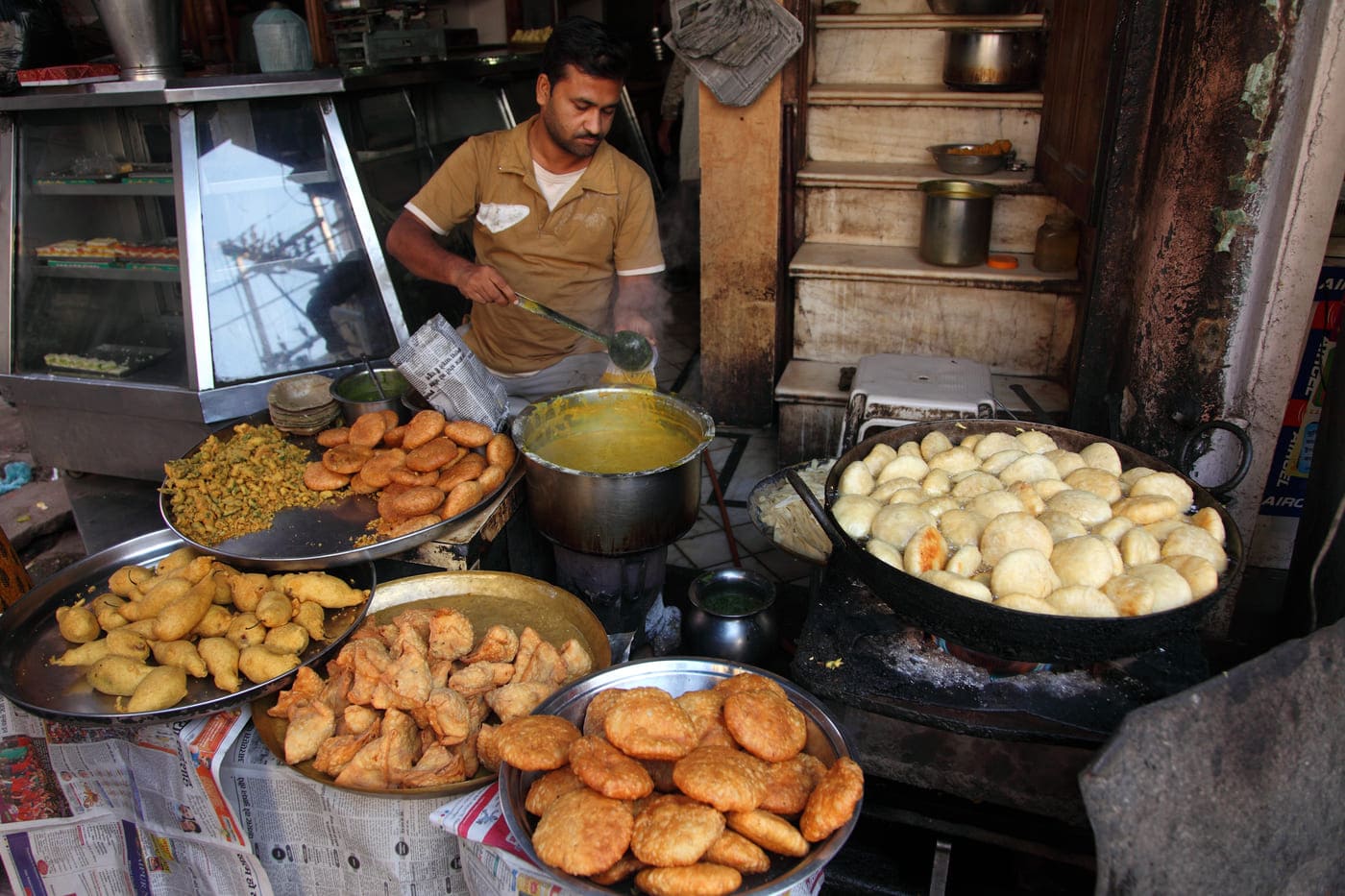
A street vendor busily preparing fried snacks like kachoris, pakodas, and samosas © AJP
Important Information Regarding Food
Pushkar, because of its importance in Hinduism, means the food available within the city is governed by the guidelines and rules within the religion. This means you will not find meat or meat products as well as alcohol in Pushkar as they are strictly against the rules. However, due to the many foreign visitors making the trek to Pushkar, there is a wide variety of cuisine from all regions of the world.
Besides the traditional Rajasthani cuisine restaurants, Israeli, Russian, Italian, Japanese, and Mexican food can all be found within the city. Five-star hotels are situated 3 -5 kilometers outside Pushkar and they all serve alcohol and non-vegetarian food. Some well-known 4-5 star hotels are Taj Pratap Mahal, Westin Pushkar Resort and Spa, and Ananta Spa and Resorts.

A visitor is having her picture taken amid a flock of birds on the steps of Pushkar’s holy lake © Don Mammoser
Checklist to See and Do
• As you move around the Ghats (or take a parikrama), make sure to also learn about their names and significance to the Hindu culture. While there, make sure to catch a stunning sunset from one of the Ghats on the lake’s shore and try an aarti (religious fire ceremony) session in the evening at the Varaha Ghat.
• You must visit Jagapita Brahma Mandir, the Brahma Temple, because of its historical significance to Pushkar. Some of the other temples to add to your list include the Raghunath Temple and the Old Rangji Temple because of their amazing and very specifically designed architecture. Besides these temples, there are many others to explore.
• Visit Savitri Temple on Ratnagiri Hill by riding an aerial tram or walking up a long flight of stairs (if you have the energy) to the temple. The myth about how Savitri’s dedicated temple was built comes after Brahma completed his yagna with Gayatri. She fled to the highest hill in the area and the temple was built in her honor. Afterward, Gayatri, Brahma’s newest consort, fled in fear of retribution by Savitri to another, much smaller hill, where a temple was later dedicated to her. Ratnagiri Hill also provides an amazing view of the beautiful sunset.
• Ride a camel through the dunes that surround Pushkar as well as watch the traditional Kalbelia women perform their traditional dance.
• For a selection of more traditional clothing, accessories, and leather goods, enjoy shopping in the main market.
• Enjoy the beautiful Pushkar Lake while listening to the hymns and bells ringing from the Hindu temples as the Bhopa musicians meander around the lake, playing their traditional music instrument, Ravanhatha.
• Visit the holy city of Ajmer, which is nearby to Pushkar, which is only half an hour away. Ajmer is one of the major cities of Rajasthan as well as being the shrine for Khwaja Moinuddin Chishti, a Sufi saint. As a pilgrimage center, over 125,000 people take a pilgrimage to the city every day. Within the city, you will find a wide variety of shops that sell everything from kebabs to biryanis to ittar (perfumes). As you make your way through all the shops, you will find a beautiful gate that was donated by the Nizam of Hyderabad. Once past the gates, you will find the Aimer Sharif Dargah Mosque, with a stunning marble path that leads to its entrance. The pathway is also lined by many shops selling rose petals and bright chadars (textile sheet) that are used for offerings at the shrine. The courtyard also hosts Qawwalis daily and the langar khana comes to serve vegetarian meals with no garlic or onions to the thousands of travelers who make the trek to the Mosque. Although these meals are created to respect the dietary restrictions of the Hindus that visit, everyone is welcome to visit Ajmer, no matter their religion, color, caste, or creed.
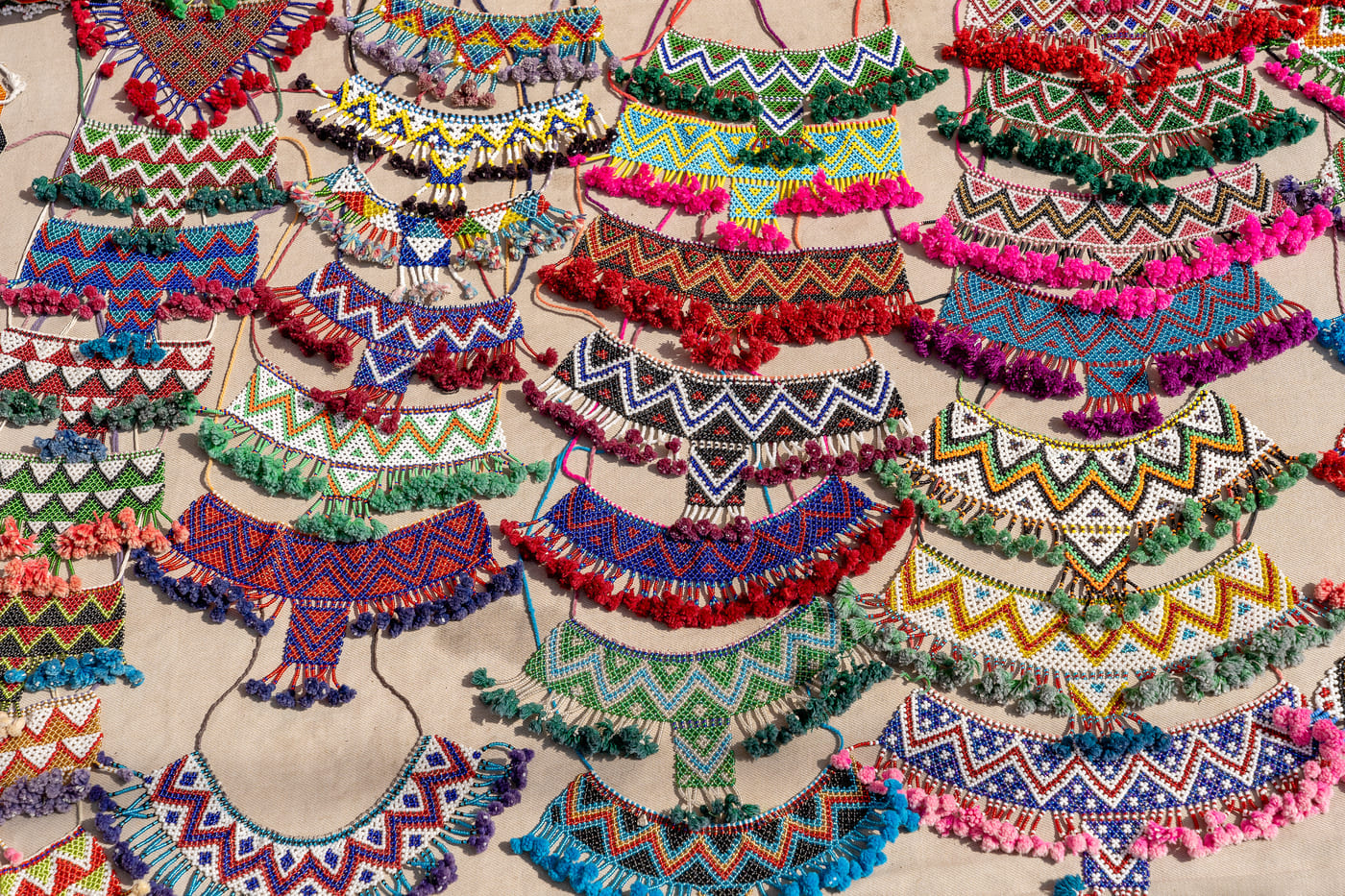
Beautiful bright-colored bead jewelry sold at a street stall in Pushkar © Oleg D
A Color Contradiction
Sometime in the 1960s, Pushkar became the place backpackers wanted to visit, although the exact details of how the city became a haven are unknown. Originally, it started with a small number of hippies and backpackers, who were drawn to the spiritual energy of Pushkar. As they restored ancient houses on the lake shores to become the cafes and budget dens backpackers desired, the number of them visiting increased dramatically over several decades. This eventually put Pushkar on the map for backpackers.
No more than 20 years ago, the main market held a few improvised stalls that sat along the religious Ghats, which sold the traditional Puja Samagri. Today, the main bazaar stretches over one kilometer and has transformed into a fast-passed colorful market with many kinds of shops available; from fruit and vegetable vendors to pharmacies, from barbers to cobblers and tailors, and everything in between. All stores, big to small, sell goods that specifically cater to backpackers. Everything from Harem and Afghani pants to hippie-style tunics and t-shirts as well as crop tops can be found for clothing items. If looking for accessories, you will find a variety from antique silver jewelry, such as necklaces, earrings, and bracelets, to hand-painted tapestries and colorful dreamcatchers. Besides the consumer goods, you will find many pop-up food carts and stands selling a variety of authentic food ranging from hummus to laffa to falafel. Wherever you turn, you will see backpackers in all types of clothing talking, playing music, and people-watching at every stall.
If you take a step back from the colorful chaos of the market, you may be able to spot other stores that are not catering to the many backpackers or religiously faithful people that tend to flock to Pushkar. Some of the wonderful shops you may encounter included an Indian sweet seller whose best product is the malpuwas that are soaked in hot syrup, or the leather store that sells plenty of accessories made from goat and camel leather including belts, wallets, and purses, or the handmade diaries, leather-bound or paper, sold in a family’s store.
To complete your picture of Pushkar, imagine this beautiful scene. An 80-year-old man sits in front of his diary store while reading the newspaper. He’s dressed in a white starched dhoti and matches his age with a long, grey mustache. A shopper, distinctly dressed as a tourist with a camera around his neck and a pair of khaki shorts on, looks through the old man’s collection of diaries, trying to pick the best one. Nearby, several old widows emerge from a flight of stairs, chanting mantras in their white saris, golden necklaces hang from their neck, and Chandan tikas on their foreheads. Riding his motorcycle past the shops, a hippie makes an appearance while wearing harem pants, several beaded bracelets, and long dreadlocks that reach his hips. This is the perfect example of a Pushkar market.

A street vendor advertises his merchandise and lures customers by playing his flute © Prabhjit S. Kalsi
A Visit to the Sacred Pushkar Festival
The festival began as the sun set into Pushkar Lake, as it did every evening, changing the sky, Ghats, and other usually bright white buildings into beautiful shades of golden honey and red-orange lava. Soon after the sun began to disappear, the temperature started to drop. The more darkness filled the sky, the more the mercury dipped down. As stars filled the sky, hundreds of visitors gather on the steps of the ghats, which are covered in red carpet, to watch the first act of the show. With the cold night settling in, spectators huddled under jackets, shawls, and blankets, as they relaxed against cushions and bolsters strewn about. To keep warm, they held warm badam milk and hot chai, as they waited for the main act for the night music session of the Sacred Pushkar Festival. The third festival was held in December 2017 while the fourth was held in October 2018. For two days, the Sacred Pushkar Festival hosts musical acts as well as other events.
Soon, the stage, which had been transformed into a stunning set filled with lights in the colors of blues, pinks, and purples, lit up the lake water and the landscape around. Musicians from every corner of the country, some more famous than others, played for five hours as the audience sat, captivated as each musician played their set. The music was amazing, and all were entertained.
Besides the amazing music, the location itself was somewhat mysterious. The festival, which took place over two nights, turned the area into a mini town within Pushkar, offering everything the main city does. From the Ghats to the Holy lakes, from the old houses to the Havelis, the festival offered it all. Locals dressed colorfully head to toe as they walked around decorated camels. Temporary shops sold Malpuwas and kachoris, hot traditional favorites. Besides the locals, tourists walked around the makeshift city. From the religiously devoted to hippies, everyone was part of the colorful chaos that was the Pushkar Scared Festival.

Visitors from around the world eagerly take part in Nagada street workshops during the Pushkar Festival.
Although most come for the music, the festival offers so much more. A Nagada workshop conducted by Nathulal Solanki was well attended. As he is one of the best-known musicians of the percussion instrument, many people showed up to take his class. In the Ghat, a row of Nagadas lined the walls. Two associates along with Solanki taught the group how to play a simple beat. Soon, the class was beating the two drumsticks against the Nafeeri and Sumai, the two drums playing to the music.
The evenings, however, were where the music took off. From well-known musicians to new, just as talented ones, the stage had room for them all. The World Ethnic Music Ensemble took the stage and consisted of musicians from many countries and cultures playing several different instruments. A second group was an all-women group that did polyphonic singing with shaman drums. The group, called Laboratorium Piesni, was from Poland and embodied the spirit of Pushkar. Additionally, another stunning act included Padma Shri and Vikku Vinayakram, who are Grammy Award-winning and Padma Bhushan award-winning, respectively. They performed on the ghatam, a clay pot musical instrument, with sons and grandson. Vikku, who is 75 years old, still plays the music well. Another act was Mukhuyar Ali, a Sufi qawwali, and he was amazing.

Vikku Vinayakram, the winner of a Grammy award, delivers a stunning performance on his ghatam during the festival.
The Idea and Objective
Music is not the only way to showcase Pushkar’s music. By walking throughout the city and learning about the history, you can start to understand Pushkar. As you partake in the local cuisine, amazing history, as well as taking the time to enjoy practices of yoga and meditation in the Ghats. Start your day with a raga session in the morning at the Ghats then take a walk around the bazaar that goes towards the Jagapita Brahma Mandir temple. With all of this, you can start to appreciate the culture, history, mythology, and landmarks of Pushkar.

Signs guide visitors to the religious sites on Pushkar’s Spiritual Walk © Travelview
Getting There
Flying: Jaipur Airport is the nearest airport is 140 kilometers away. The airport has flights that connect to all major cities in India as well as cities all over the world.
Train: The closest train station is Ajmer, 15 kilometers away. Many trains, including A Shatabdi, come daily between New Delhi and Ajmer.
Road: From New Delhi to Pushkar, the road is 420 kilometers and will take approximately 7 hours to drive. Luckily, the highways are very smooth
Staying: There are several great places to stay in the area. If you are on a budget, Pushkar Inn, Hotel Kanhaia Haveli, Sun n Moon, and Hotel Lake View are all great options around Pushkar Lake. At Jaipur Ghat, Pushkar Palace is more of a mid-range accommodation that is also of the shores of Pushkar Lake. There are also several luxury hotels available, mostly just outside the town. These resorts include Taj Pratap Mahal Pushkar, The Westin Pushkar Resort & Spa, Pushkar Resorts, and Ananta Spa & Resorts.
Eat: There are many food options available. Several pop-up stalls sell traditional Israeli dishes such as falafel rolls. These stalls offer some of the best, fresh food in the area, with whatever toppings you choose. For delicious malpuwas, try Mithai Wali Gali, a local shop. In this area of Rajasthan, the piping kachoris are a specialty.

The Hindu Temple of Papmochani Mata on the hillside offers spectacular sunset views of Pushkar and its surroundings. Pushkar is one of the oldest towns in India, mentioned in texts dating back to the first millennium © Sanga Park
Some Images From Our Trip To Pushkar Sacred Festival
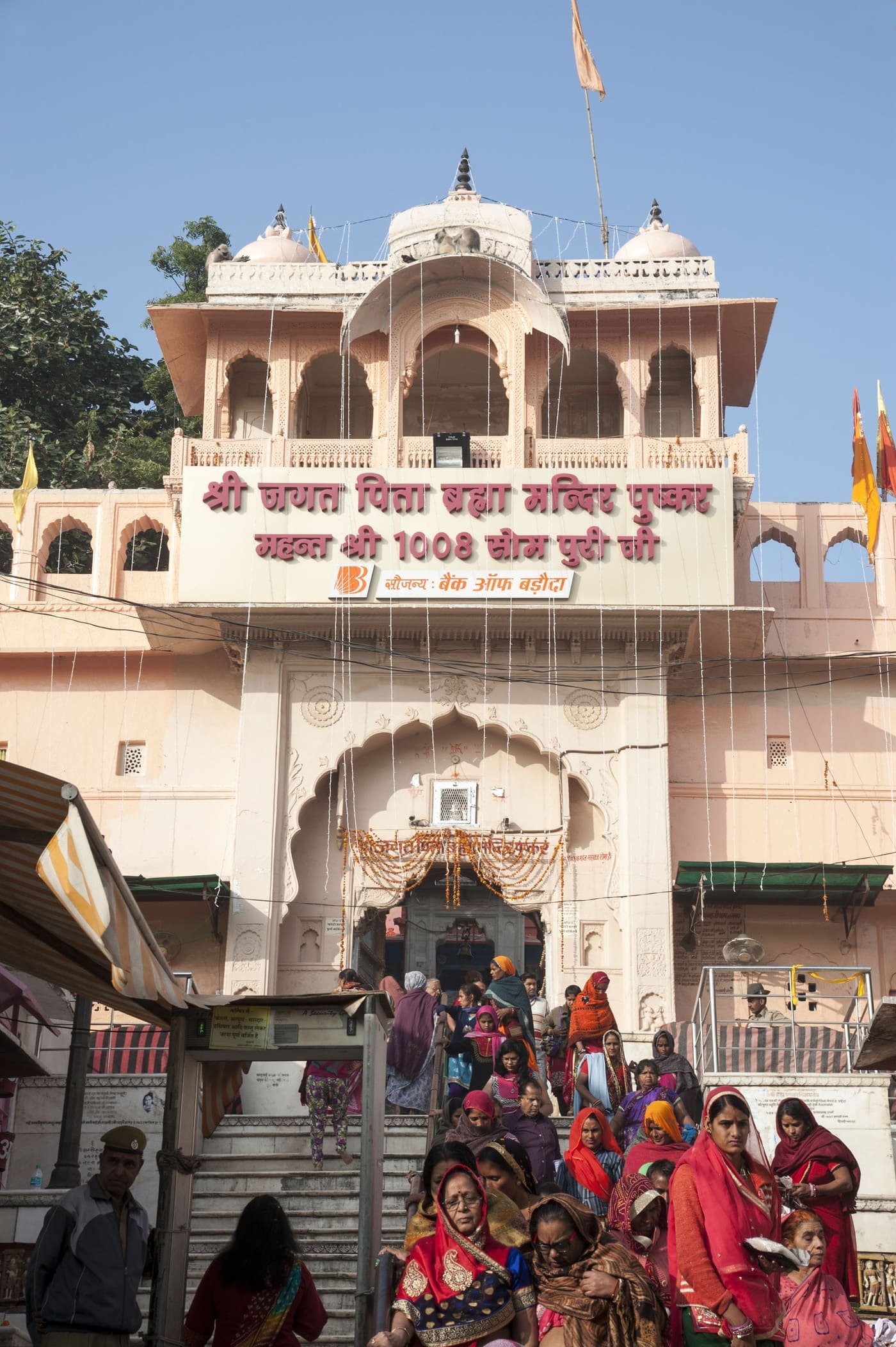
The impressive entrance to the Brahma Hindu Temple in Pushkar, one of the city’s main attractions © Bodom
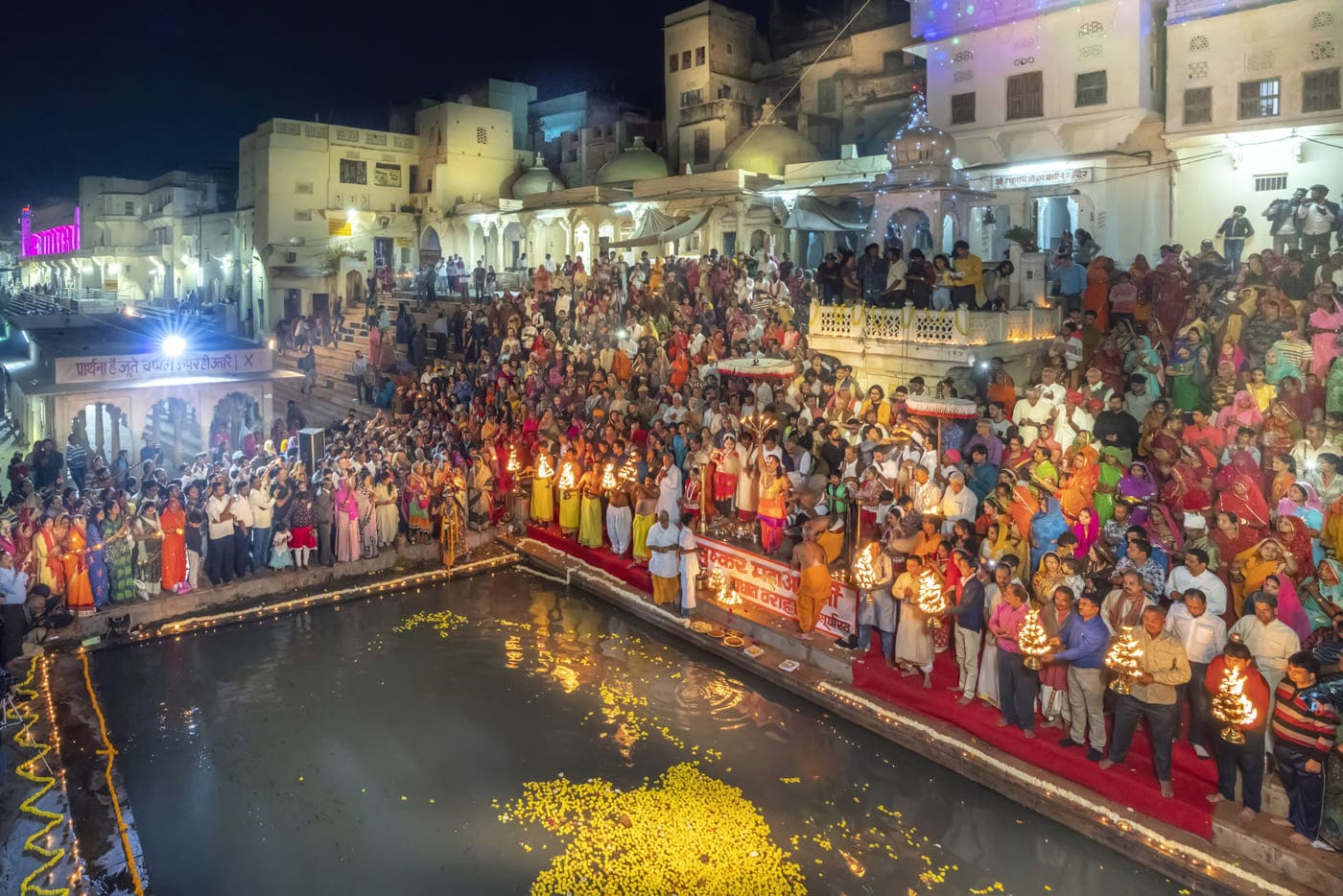
The Kartik Purnima, a Hindu, Jain, and Sikh cultural festival, is celebrated on the fifteenth lunar day of Kartik. Crowds of people attend this occasion at Pushkar Ghat © Umesh Gogna

Simon Thacker came all the way from Scotland to take part in a performance with Bauls at the festival. Here he is playing the guitar.
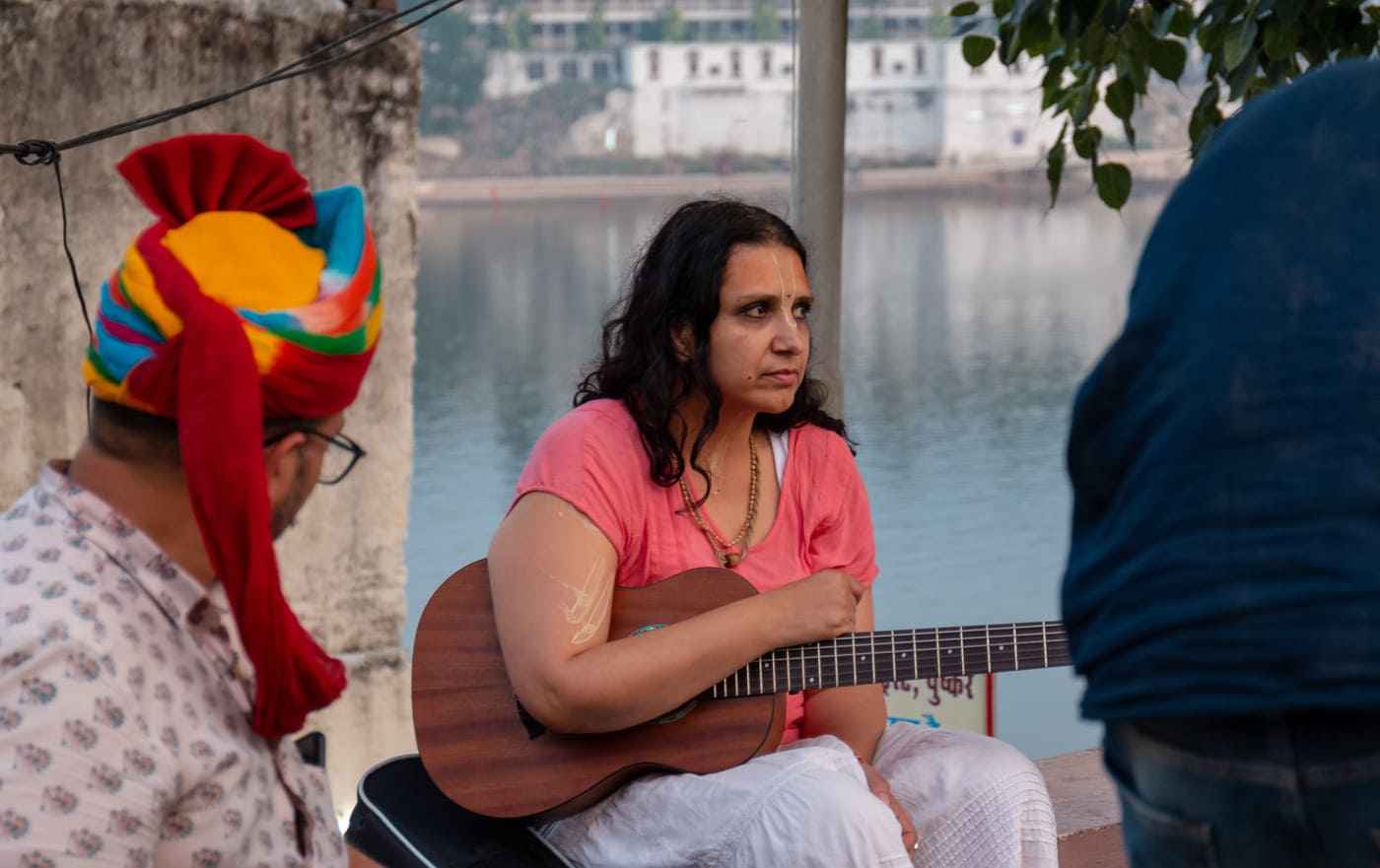
Musicians and instrumentalists from all over the globe attend the Pushkar Holy Festival to participate in cultural events © Abhishek Mittal
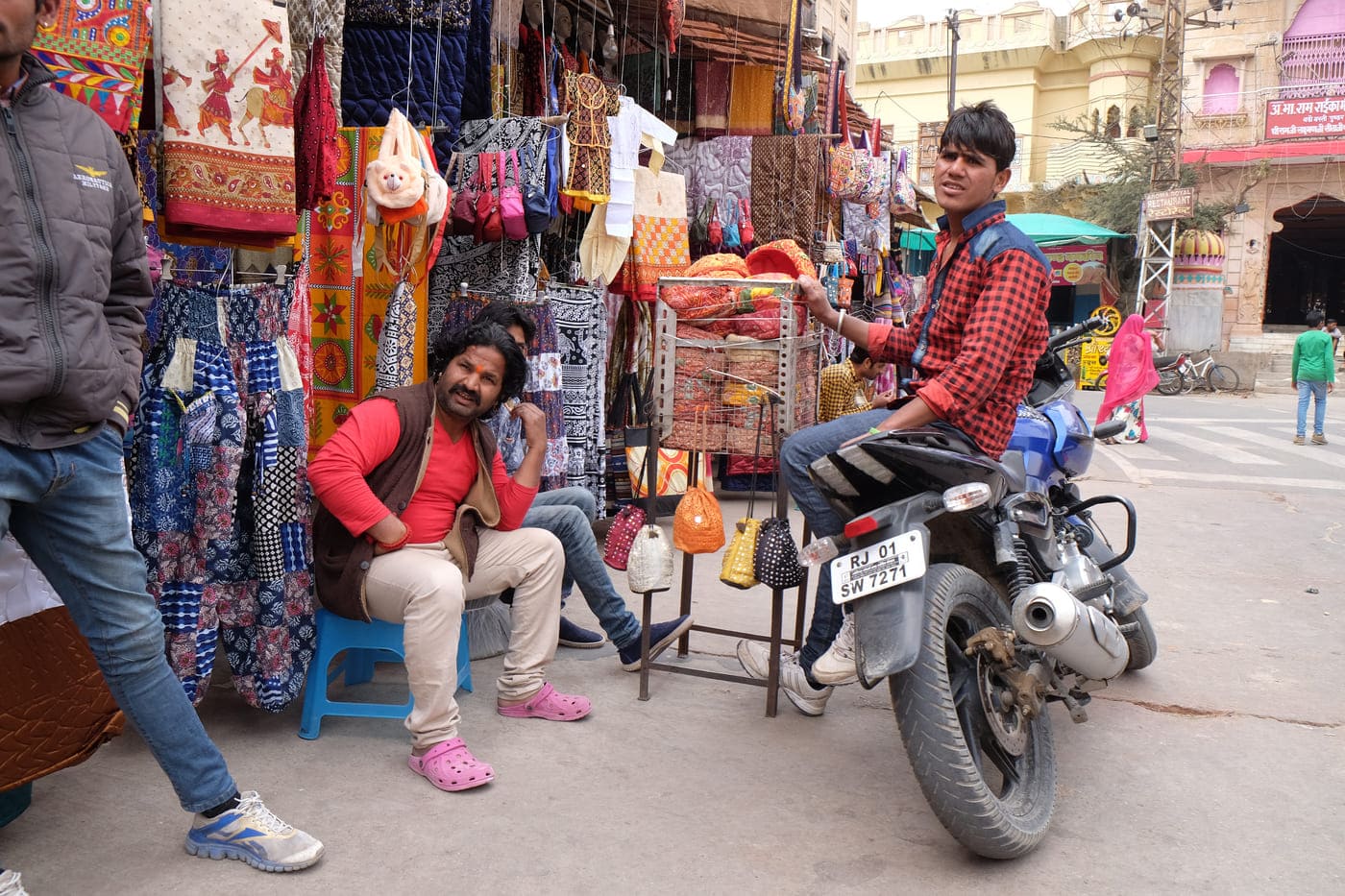
Vendors chatting outside their textile stalls, while they wait for customers © Zvonimir Atletic

11. Pushkar’s neighboring city Ajmer is famous as a major Muslim pilgrimage center. In the street leading to the Ajmer shrine dedicated to the Sufi Saint Khwaja Moinuddin Chishti, many stalls sell offerings such as flowers to devotees © Aluxum / Getty Images
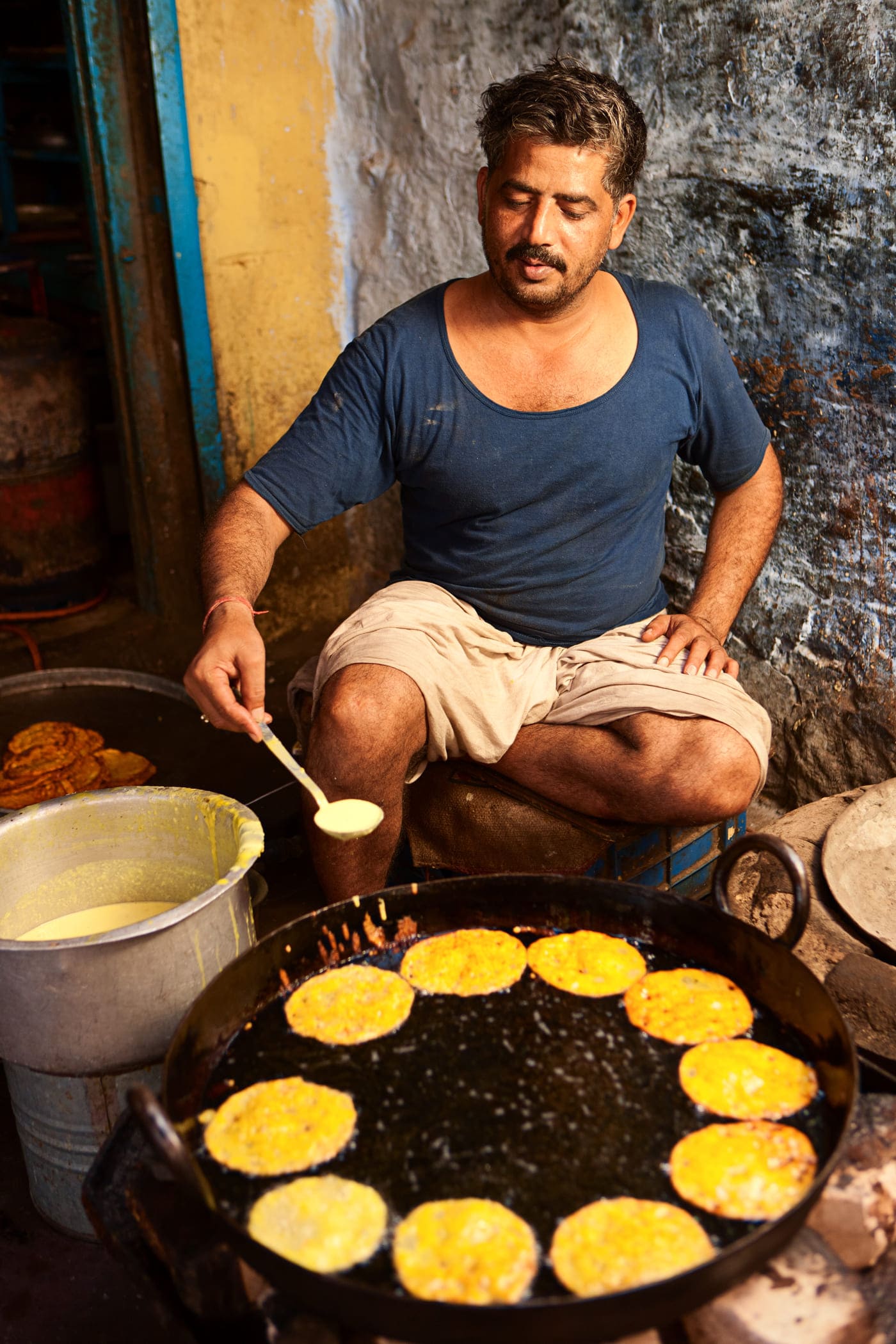
Malpuas are pancakes soaked in sugar syrup and often topped with creamy rabdi. They are especially popular during festivals © hadynyah / Getty Images

Mouthwatering golden lentil or dahl kachoris, North India’s popular street food © Tepikina Nastya
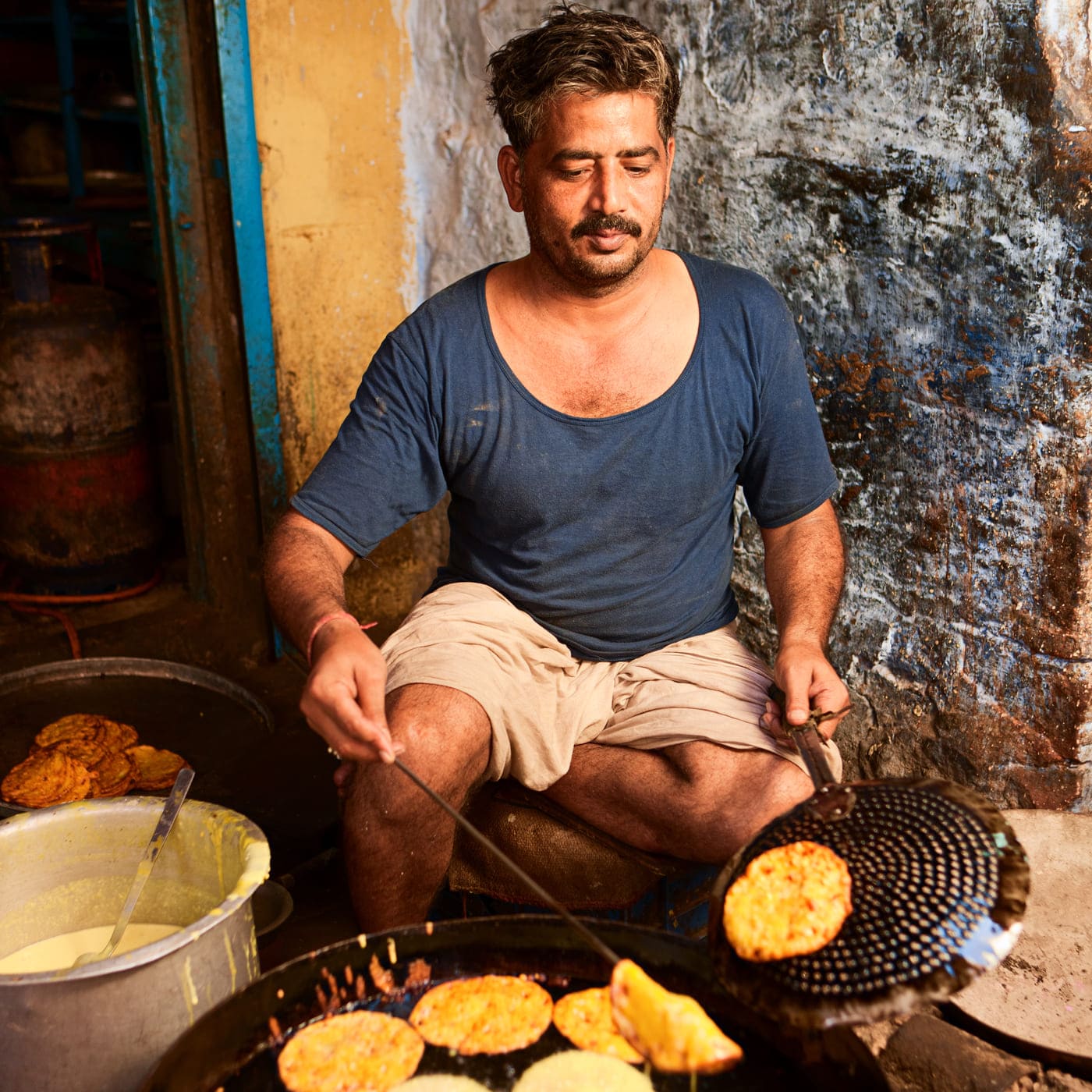
Malpuas, a popular sweet desert or snack made from rice and plain flour, are being prepared by a street vendor © hadynyah / Getty Images

A vendor of pulses like roasted grams and groundnuts while away the time as he awaits his fist customers. These pulses are popular snacks in the northern parts of India © Don Mammoser
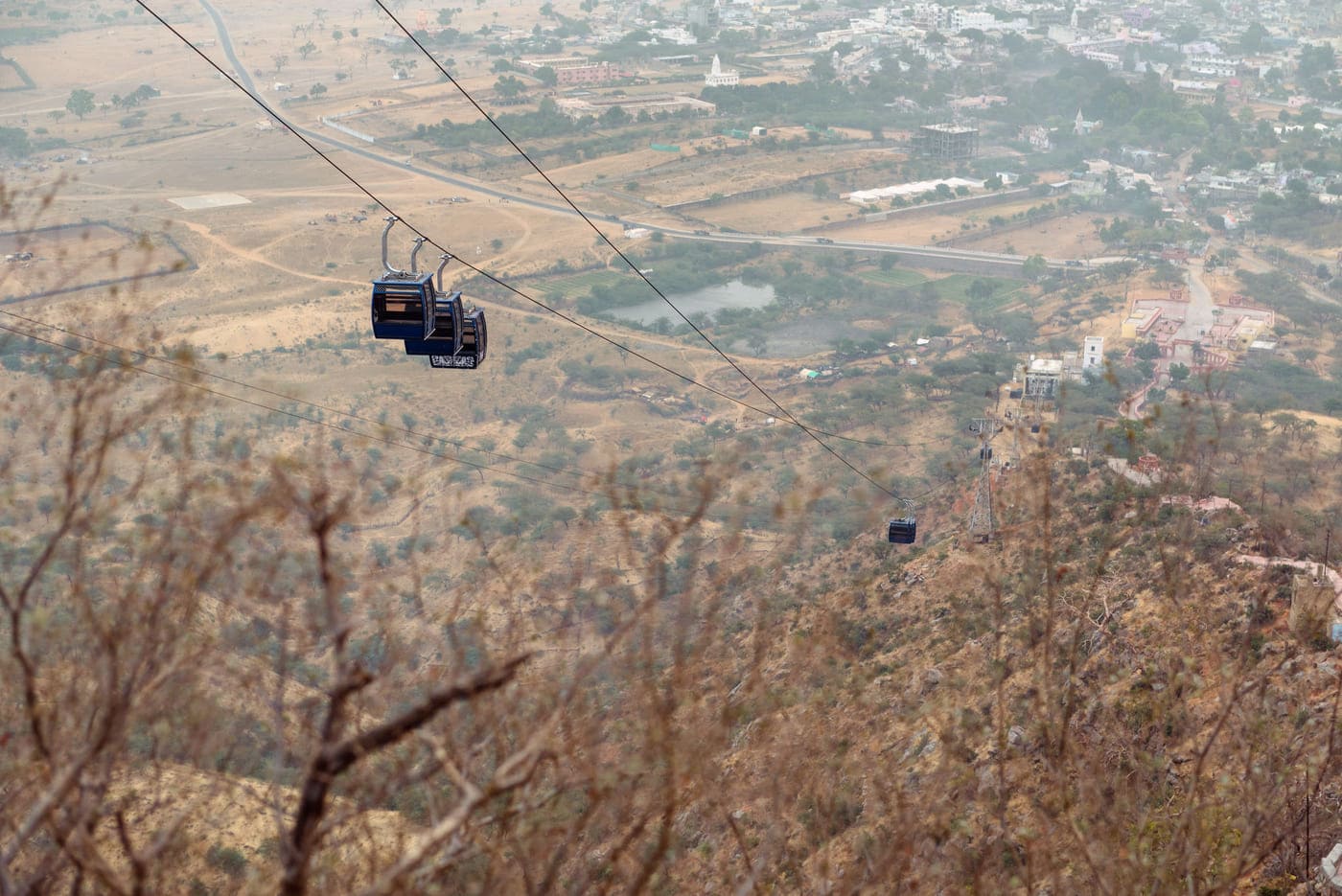
A ride in the cable car to the Savitri Mata Temple high up on the hill affords sweeping views of the valley and lake surrounded by the town of Pushkar © Thirteen
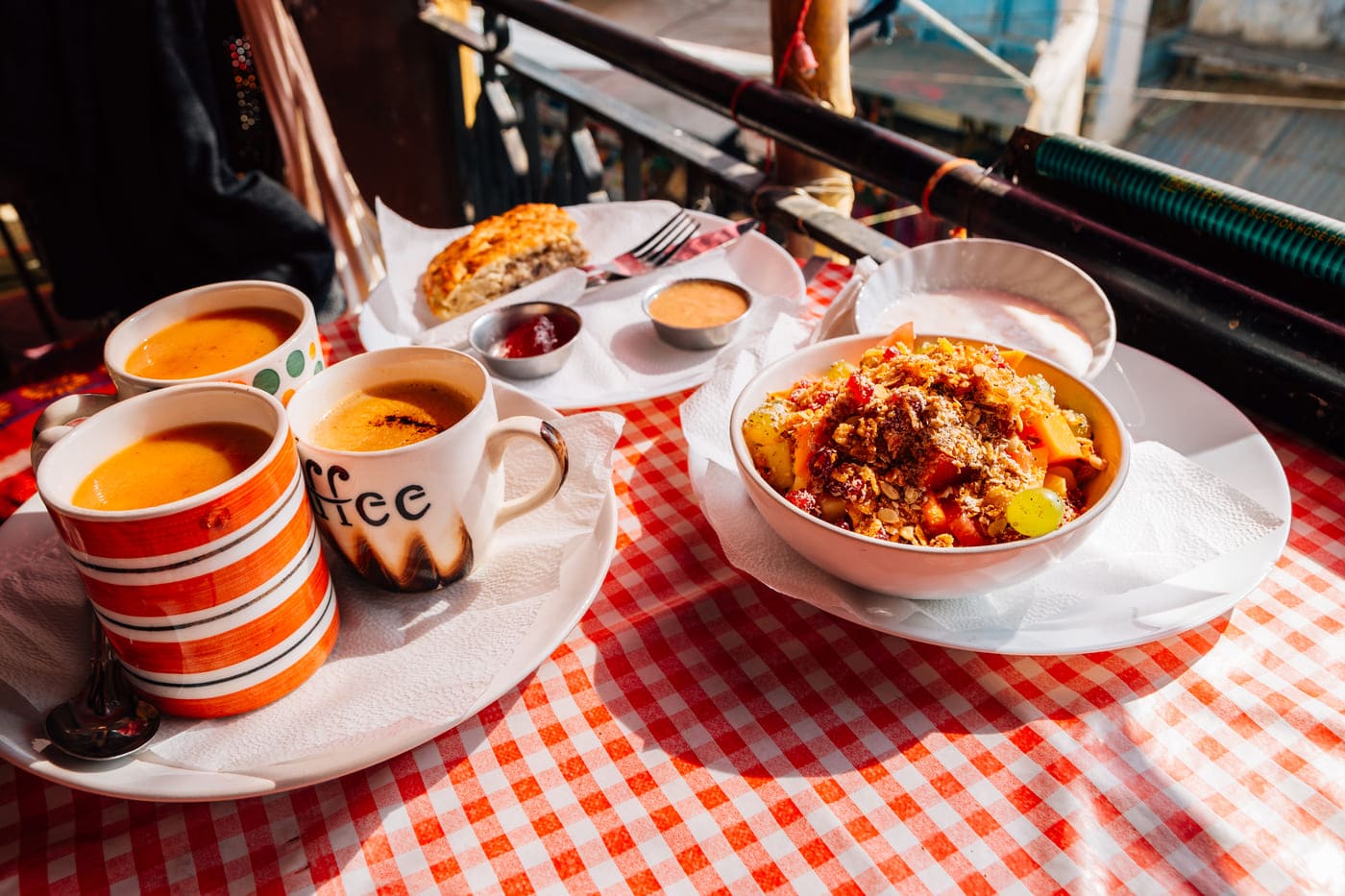
A nourishing breakfast of coffee, bread, and cereal is served at one of Pushkar’s many cozy cafés © Sanga Park
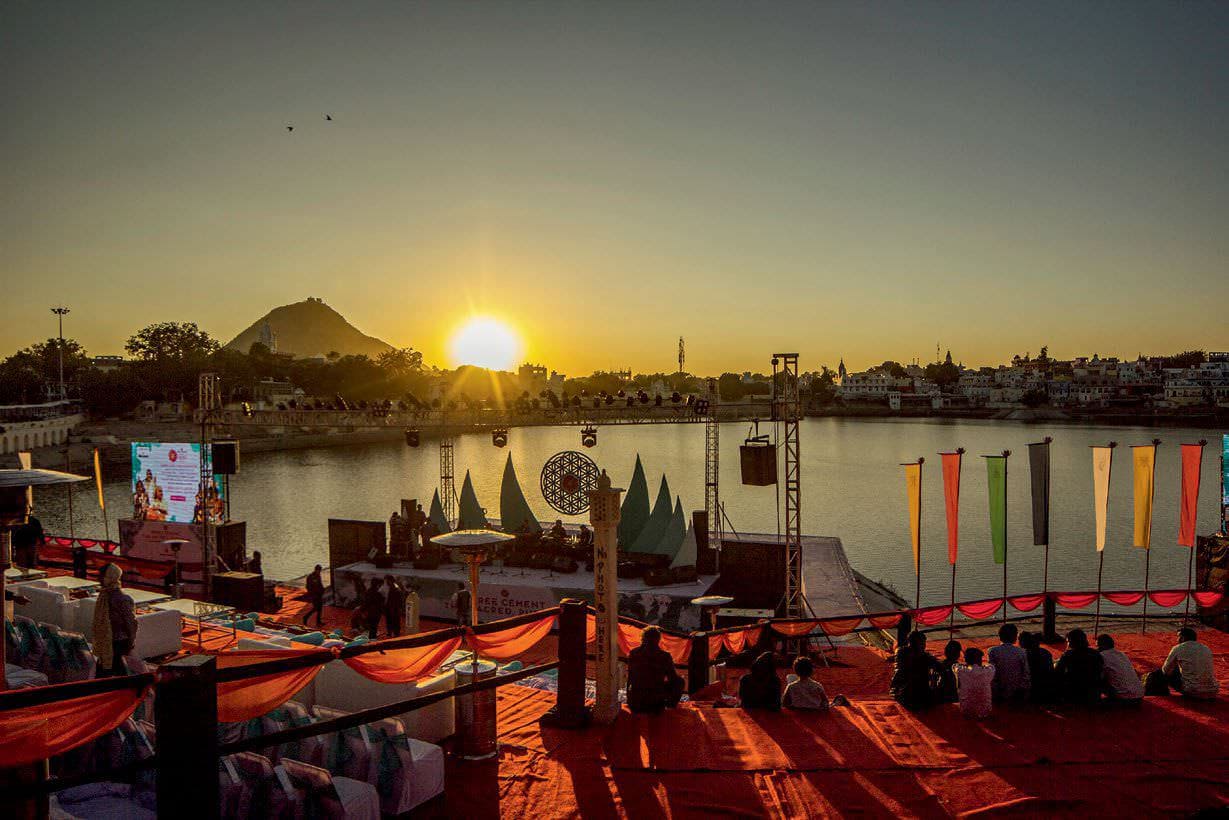
The sunsets over holy Lake Pushkar, the perfect setting for the Sacred Pushkar Festival

People throng around the priest to receive the Maha Aarti blessing at the Varaha ghat. It is customary to offer the priests compensation in the form of a small amount of money at such occasions © Dietmar Temps

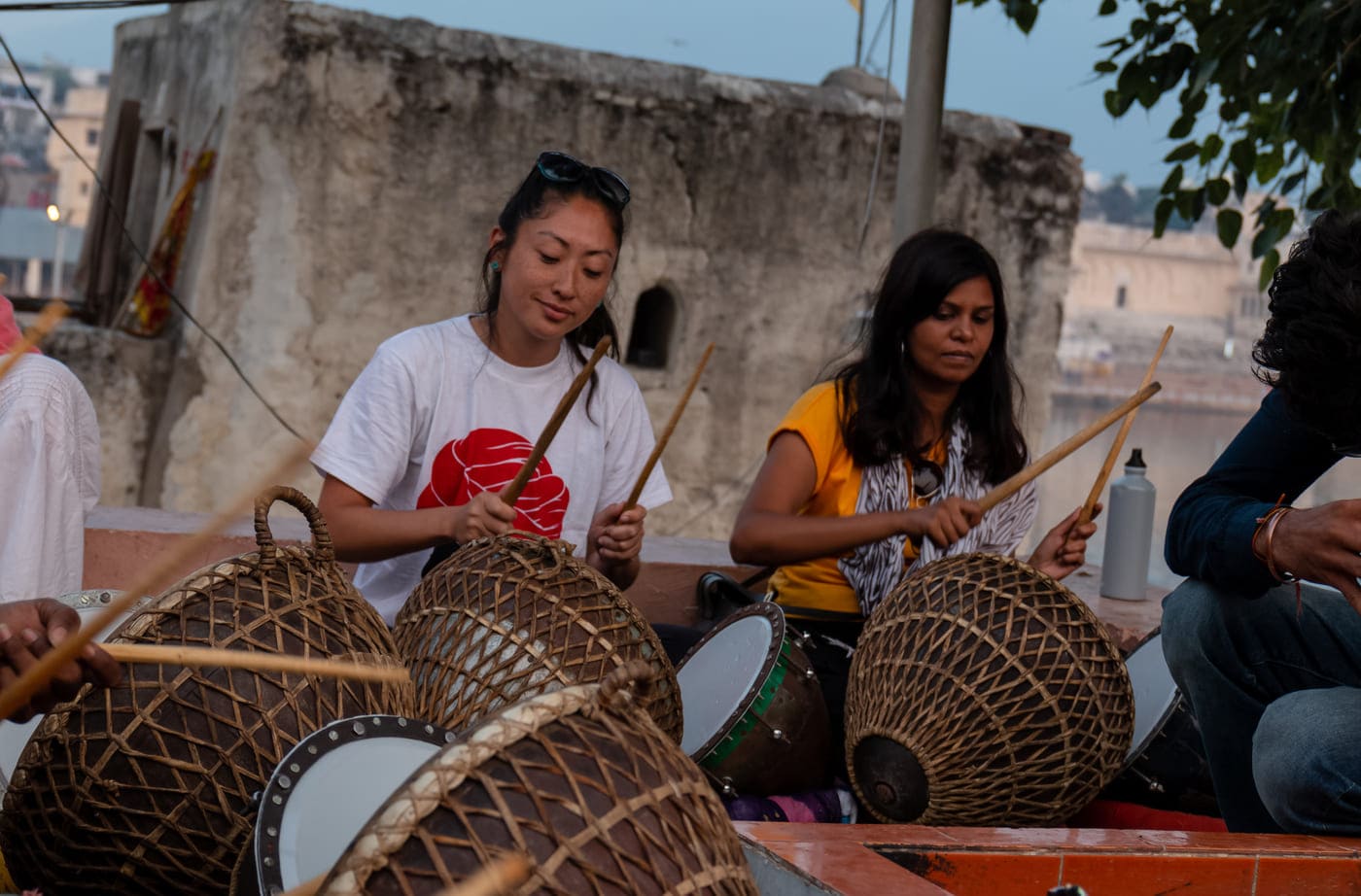





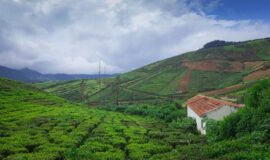

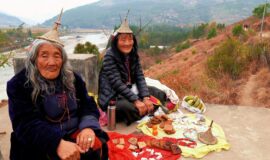
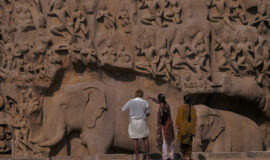
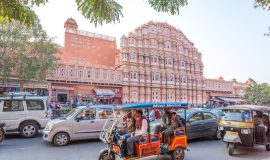


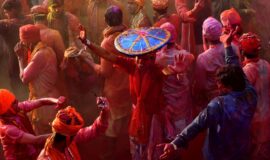
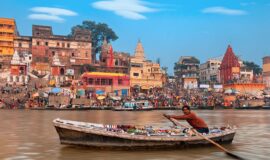




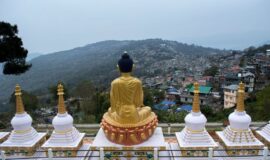
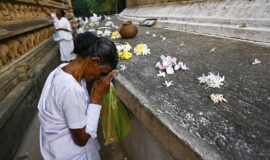
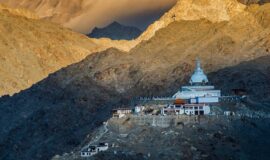

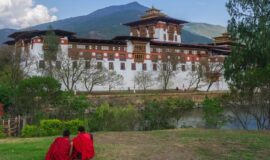




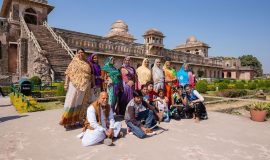
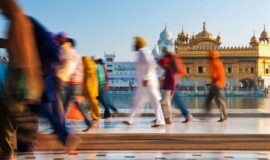
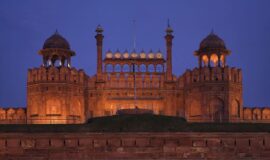


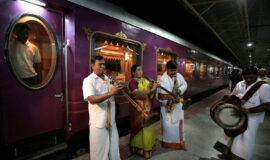
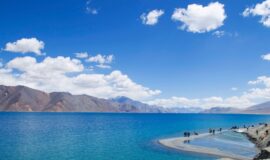

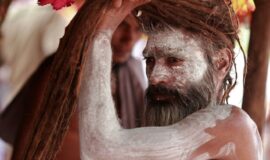

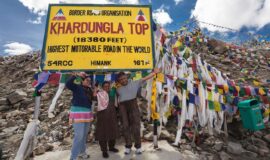



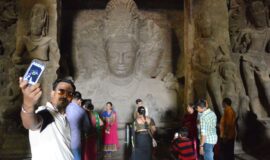
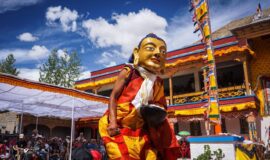






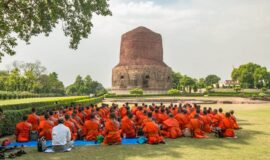

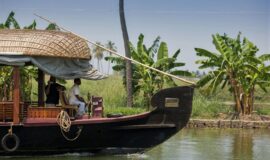

![Golden Triangle Tour with Goa [Culture + Beach Vacation] (12 days) Golden Triangle Tour with Goa [Culture + Beach Vacation] (12 days)](https://www.vacationindia.com/wp-content/uploads/2022/06/golden-triangle-tour-with-beach-vacation-270x160.jpg)
